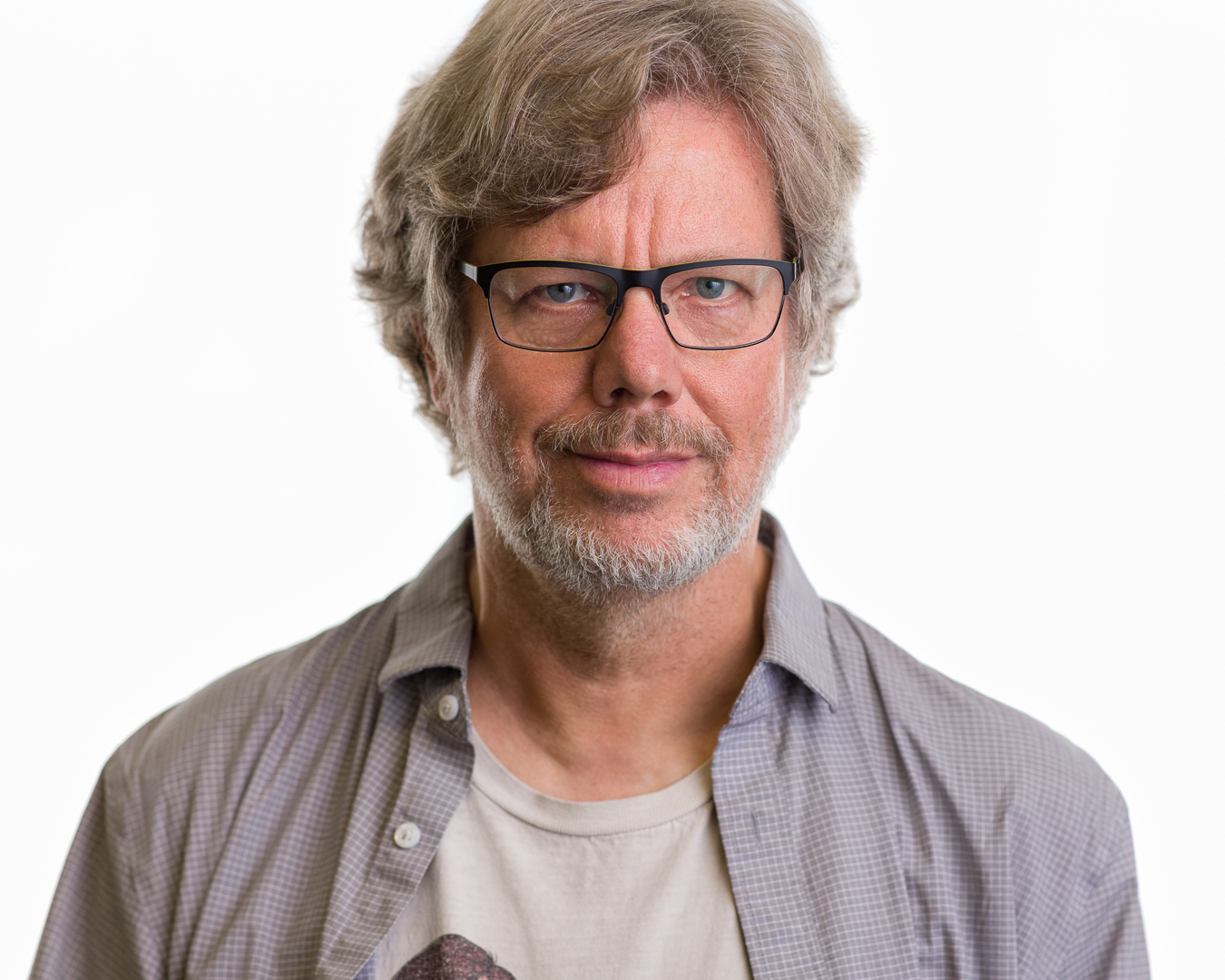# Introduction
# About
Python was created by Guido van Rossum (opens new window) and first released on 1991.

It was named after a TV show "Monty Python's Flying Circus" (opens new window).

Python is a battery-included language that comes with many builtin functions and standard libraries (opens new window) and has a strong ecosystem for numerous open source libraries (opens new window). It is widely used in many scenarios, such as scientific programming, machine learning, web development, application development, and etc.
# Philosophy
See PEP-20 (opens new window).
- Beautiful is better than ugly.
- Explicit is better than implicit.
- Simple is better than complex.
- Complex is better than complicated.
- Flat is better than nested.
- Sparse is better than dense.
- Readability counts.
- Special cases aren't special enough to break the rules.
- Although practicality beats purity.
- Errors should never pass silently.
- Unless explicitly silenced.
- In the face of ambiguity, refuse the temptation to guess.
- There should be one-- and preferably only one --obvious way to do it.
- Although that way may not be obvious at first unless you're Dutch.
- Now is better than never.
- Although never is often better than right now.
- If the implementation is hard to explain, it's a bad idea.
- If the implementation is easy to explain, it may be a good idea.
- Namespaces are one honking great idea -- let's do more of those!
You can also display them from a Python Shell.
import this
1
# Hello world program
print("Hello, world!")
1
In the following section we will learn how to setup a Python environment alongside with some useful tools for development.
